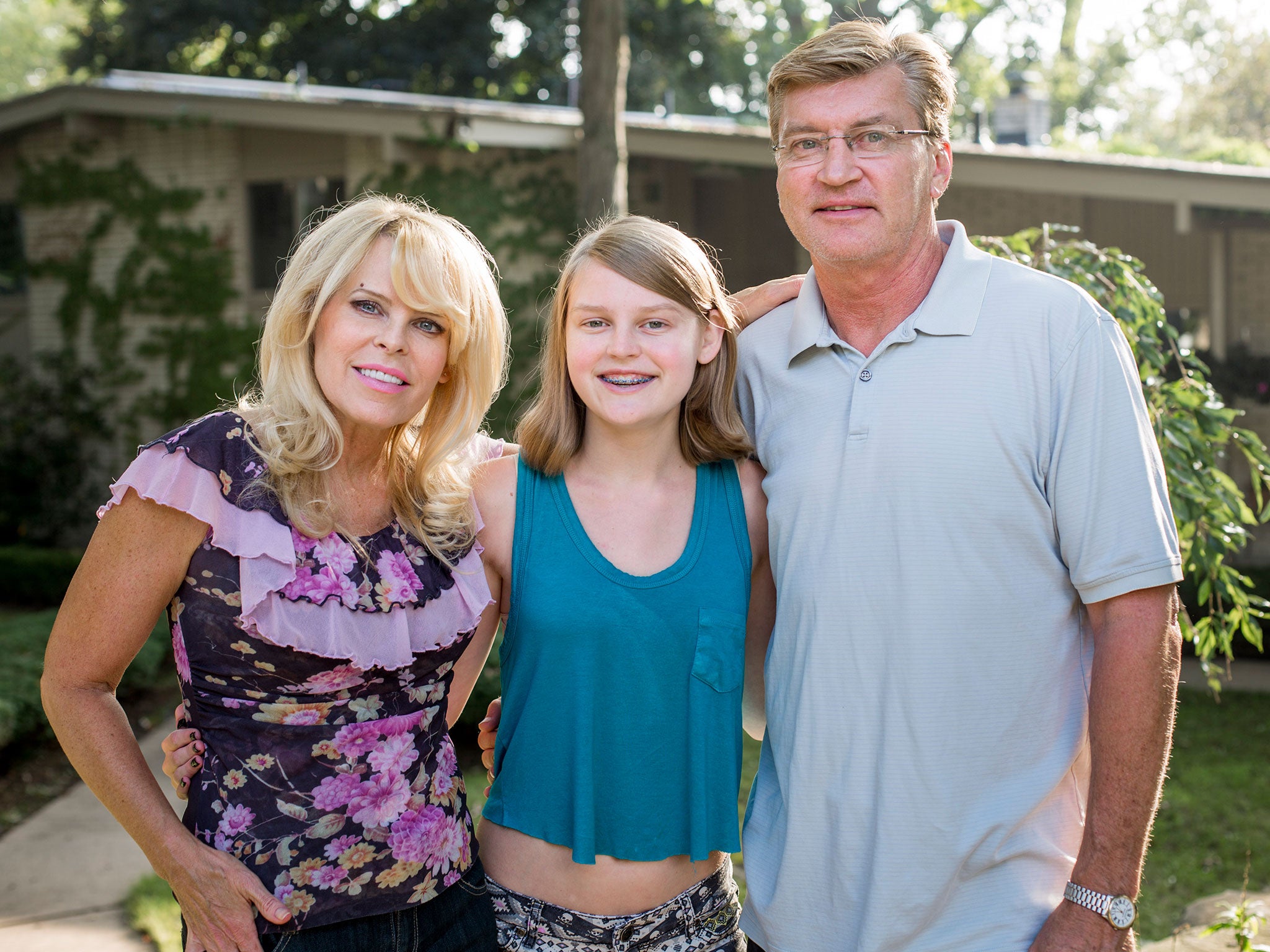OvaScience hopes new IVF procedure will circumvent ethical and safety issues in Britain
Unlike the present proposal early attempts at mitochondrial transfer involved a donated egg from a second woman

Your support helps us to tell the story
From reproductive rights to climate change to Big Tech, The Independent is on the ground when the story is developing. Whether it's investigating the financials of Elon Musk's pro-Trump PAC or producing our latest documentary, 'The A Word', which shines a light on the American women fighting for reproductive rights, we know how important it is to parse out the facts from the messaging.
At such a critical moment in US history, we need reporters on the ground. Your donation allows us to keep sending journalists to speak to both sides of the story.
The Independent is trusted by Americans across the entire political spectrum. And unlike many other quality news outlets, we choose not to lock Americans out of our reporting and analysis with paywalls. We believe quality journalism should be available to everyone, paid for by those who can afford it.
Your support makes all the difference.The idea of boosting a woman’s fertility by rejuvenating her eggs with “fresh” mitochondria – the power packs of the cell – goes back several years and there are, in fact, several successful pregnancies and births that have resulted after fertility doctors transferred mitochondria from donor eggs.
About 30 IVF babies are estimated to have been born around the world after an experimental procedure developed in the late 1990s where cell cytoplasm containing mitochondria from the donor egg of one woman was transferred into the egg of the woman undergoing IVF treatment.
One of these children is Alana Saarinen, 15, of West Bloomfield, Michigan, who mother Sharon underwent cytoplasmic transfer of her IVF eggs in 2000 when she was 36 after four failed IVF cycles.
However, the big difference between these early attempts at mitochondrial transfer, which were stopped by the US Food and Drugs Administration (FDA) in 2002, and the present proposal before the UK Human Fertilisation and Embryology Authority (HFEA) was that they involved a donated egg from a second woman.
This means that Alana and the other children born from the technique could now be carrying the genetic information of three people – DNA from both her parents and much smaller amounts of DNA from the second woman who donated additional mitochondria – mitochondria have their own DNA.
Two years ago, Sharon Saarinen explained to The Independent why she and her husband agreed to such a radical IVF procedure, carried out by a private fertility clinic after the couple had been convinced that it was a way of boosting their chances of a baby.
“I think it was the only thing that helped me. If there were risks, it didn’t matter. I wanted a child too much at that point. It was definitely the right thing to do,” Mrs Saarinen said.
However, the FDA soon blocked the technique of cytoplasmic transfer in IVF, and the field went quiet. That changed around 2012 when Jonathan Tilly of the Massachusetts General Hospital in Boston published a study indicating that human ovaries contain “egg precursor cells” that are effectively germline stem cells that can develop into mature egg cells.
This seemed to challenge the long-established doctrine that women are born with a full complement of eggs cells that mature as they grow older. If true, Professor Tilly’s work meant that it might be possible to take the egg-precursor cells and use them to improve a woman’s chances of a successful IVF pregnancy.
One way of doing this is to take “fresh” mitochondria from these juvenile cells and inject them into fully mature IVF eggs when they are fertilised by sperm injection. This would also circumvent the ethical and safety issues attached to using mitochondria from the donated eggs of a second woman – the technique used in Alaana’s case.
Professor Tilly went on to set up a fertility company, OvaScience, to exploit this technique, known as Augment. However, the FDA ruled in 2013 that Augment is effectively a novel drug in need of extensive and expensive safety testing.
Now OvaScience is hoping to effectively circumvent this requirement in Britain once it gets an HFEA licence.
Join our commenting forum
Join thought-provoking conversations, follow other Independent readers and see their replies
Comments